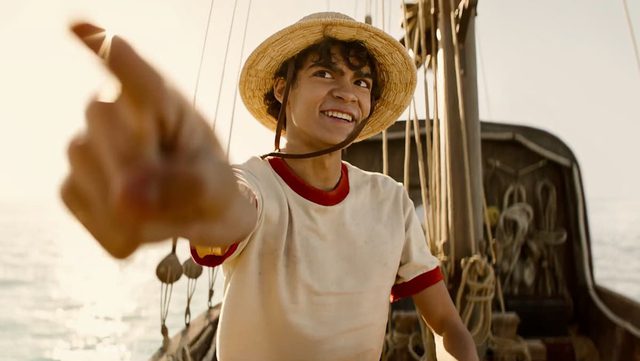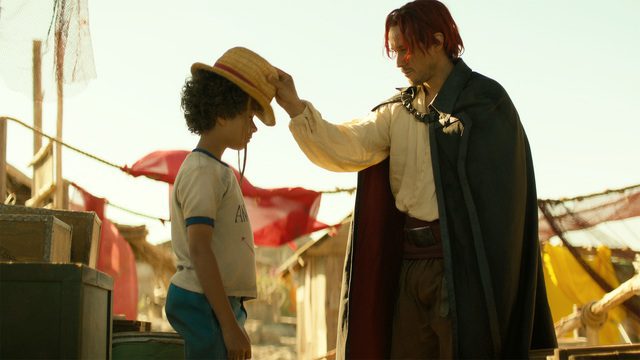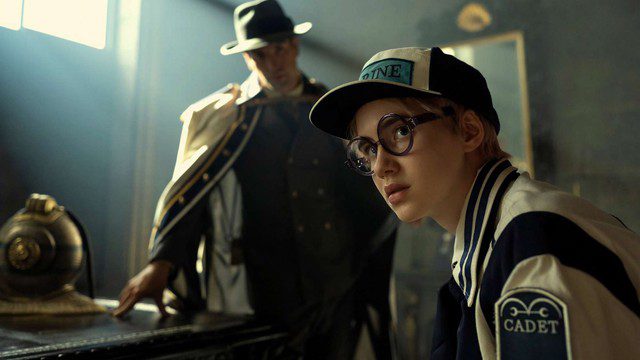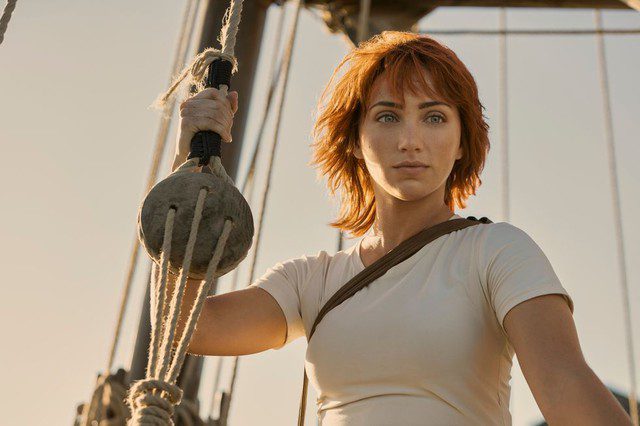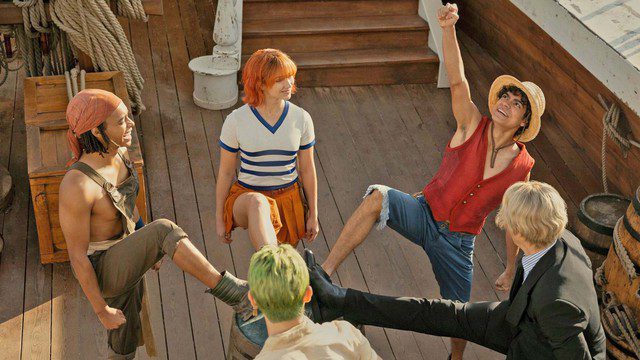After a series of failed film adaptations, Hollywood continues to take a bold step with One Piece – one of the most famous manga series from Japan. When this announcement was first made, many fans expressed skepticism about the quality of this project. The work of author Eiichiro Oda still retains an epic scale, featuring a plethora of diverse characters and a narrative that has spanned 26 years without a conclusion. However, upon its release, the live-action version quickly climbed to the top of global viewing charts, receiving “fresh” praises from audiences and critics alike, with a remarkable score of 83% on Rotten Tomatoes.
A Cautious Live-Action Adaptation Breaking the Curse of Manga Adaptations
When a manga series or animated series is adapted into a live-action film, audiences often pose a common question: Does it capture the essence of the original? This has always been a significant challenge for production teams eager to transform beloved characters and narratives into a more realistic version. Fans want to see characters that evoke familiar feelings through their appearance, costumes, and personalities, while also exploring the vivid worlds that can be recreated through advanced technology.
The appeal of One Piece has been evident since its inception, with 106 volumes sold globally exceeding 516 million copies. Filmmakers Matt Owens and Steven Maeda have delved deeply into the spirit of the source material when undertaking the adaptation of One Piece. For success, they had to start by focusing on the unique core elements of the original work. Oda’s direct involvement in the production process has also contributed significantly to the film’s authenticity.
The first season of One Piece follows Luffy’s initial journey until he forms his own pirate crew, aiming to become the Pirate King with a bounty of 30 million berries. The storyline is derived from the first 95 chapters of the manga, centering on Luffy’s adventures in the East Blue sea.
Transforming 95 chapters into 8 episodes required the team to innovate and modify various characters and plot points. This also made the pacing of the live-action adaptation happen quite rapidly compared to the original manga, and some plot details developed are not entirely engaging. However, at its core, the production team remained quite loyal to the original material. One can observe that the involvement of creator Eiichiro Oda and the passionate nature of the production team has helped the film to be executed in a meticulous and faithful manner. Even the most skeptical fans of the manga are beginning to see the positive aspects of this adaptation.
The standout moments in the film are the emotional arcs of the main characters. The 8 episodes allow viewers to witness significant milestones in the main character’s journey as he recruits his first crew members for the Straw Hat Pirates, which include Zoro (Mackenyu Maeda), Nami (Emily Rudd), Usopp (Jacob Romero Gibson), and Sanji (Taz Skyler).
In the original work, Luffy is depicted as a carefree pirate who feels truly free. In the live-action version, this essence is also vividly portrayed throughout the 8 episodes. The members of the Straw Hat crew may originate from different backgrounds, but they commonly share a desire to pursue their dreams and find freedom in their own unique ways. Although they all face numerous challenges, they are ultimately supportive of each other and strive to build a family along the way.
Character Development and Enriching Context as Highlights
Arguably, the casting process is one of the most crucial elements contributing to the success of this film. The members of the Straw Hat Pirates seem to have stepped right out of the pages of the manga, with their appearances and personalities making audiences feel an acute sense of familiarity. This includes Luffy’s spontaneous nature, Nami’s cunning and determination, Zoro’s fierce demeanor, and Usopp’s charming wit. Supporting characters like Koby, Red-Haired Shanks, Chef Zeff, and the enigmatic Mihawk leave a lasting impression with their memorable appearances.
One Piece truly packs a substantial budget punch, with costs reported to reach up to $18 million per episode (approximately 433,500 USD). With ample financial resources, the team has meticulously crafted a stunning visual world that resonates with the original manga’s essence. Many scenes in the film, such as the Going Merry ship or Garp’s restaurant, were constructed using real sets rather than relying solely on green screens and CGI. The costumes and makeup were executed with remarkable detail, allowing audiences to see elements such as Koby’s hair color, Zoro’s earrings, and Mihawk’s distinctive beard accurately depicted as in the manga.
An Engaging Approach for Those Unfamiliar with One Piece
Although the manga has sold over 516 million copies, the storyline has been conveyed through 106 volumes over 26 years, which may make it challenging for some new viewers to connect with the One Piece franchise. The live-action version presents Luffy’s journey and his companions in a completely fresh format, with updates that are more suitable for modern audiences.
If one had to highlight a significant difference between the live-action version and the manga, the new film adaptation is portrayed in a more serious and darker manner, eliminating many of the comedic and whimsical elements present in the original. Before the series premiered, there were many discussions surrounding the character Sanji – who has traditionally been depicted as a womanizing cook in the manga. There were concerns that these traits may not align well with modern societal standards, especially when brought to the screen. Audiences could see that the production team has actively toned down Sanji’s “perverse” traits in the live-action adaptation. This alteration may have caused the character to lose some of the humor found in the manga, but it appears to present a more respectful portrayal of women.
These changes could bring the One Piece franchise to new heights, introducing many fresh elements to the audience. However, it remains to be seen whether the die-hard fans will find the live-action series lacking compared to the original material. The key point is that the film could provide an opportunity for those unfamiliar with One Piece to engage with the rich world of this beloved series, presenting them with compelling elements that draw them in.
Final Thoughts: ⭐
The One Piece live-action adaptation may not be a perfect masterpiece among the many adaptations of manga. Nevertheless, with the dedication and meticulousness of the team, it provides an experience that fans might find more accessible than previous adaptations. With captivating visuals, engaging music, and a narrative filled with entertainment, it stands as a solid option for viewers to connect with this cherished manga series.


